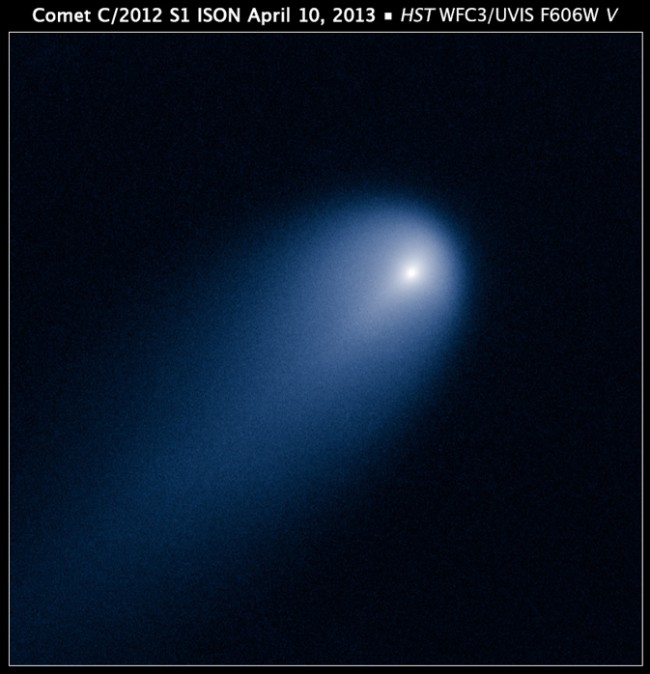Southern Delta Aquarid meteor shower peaks at the end of July
Viewers could see up to 10 meteors per hour coming from Aquarius on July 30, when a crescent Moon slightly hinders the view. // Astronomy: Roen Kelly During July and August, the Southern Delta Aquarid meteor shower will produce up to 15 meteors per hour. By Sarah Scoles — Published: July 22, 2013 The Southern …
Southern Delta Aquarid meteor shower peaks at the end of July Read More »





